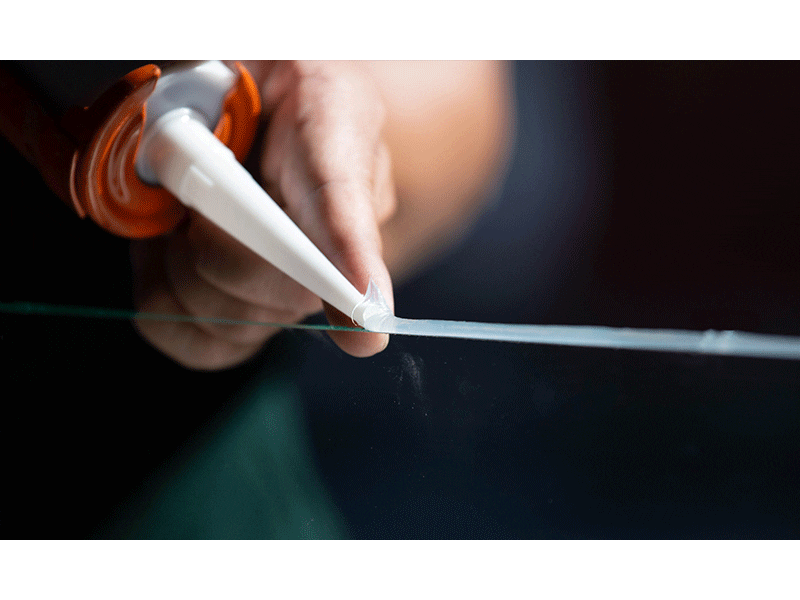Aug 15, 2019 - 10 min
Best Practices for Cured SMP Sealant Removal

You may have a need to remove a cured SMP (silyl modified polymer) sealant from your application. For example, you may be taking a part out to replace it and you no longer want SMP in a particular area. Whatever the reason, it’s important to follow these steps for proper sealant removal.
Key Items to Consider
- Different applications have different tolerance levels for removal processes. Understand the tolerance of your application before determining which removal process to do.
- Be sure to use a clean, colorless cloth wetted with a suitable organic solvent or Bostik’s approved Hand and Tool Towels.
Method #1 for Removing Cured SMP Sealant
Step 1: Cut the cured sealant down to a thin layer of 1mm or less in thickness.
Step 2: Apply denatured alcohol or mineral sealants to the sealant. Do this by soaking the solvent in a clean cloth, and then cover the sealant with it.
Step 3: Leave the cloth covering the sealant for at least two hours. By then, the sealant should be degraded enough to remove it with a clean cloth. If not, repeat step 2.
Step 4: Clean the area with isopropyl alcohol. The area will then be ready for a new adhesive, if desired.
Method #2 for Removing Cured SMP Sealant
Step 1: Cut the cured sealant down to a thin layer of 1mm or less in thickness.
Step 2: Use a scarification technique, such as with an electric sander, to remove the remaining sealant.
Step 3: Clean the residue with a citrus-based cleaner.
Step 4: Clean the area with isopropyl alcohol. The area will then be ready for a new adhesive, if desired.
For futher assistance on removing your cured SMP sealant, contact a Bostik expert today. You can also refer to this flyer.
